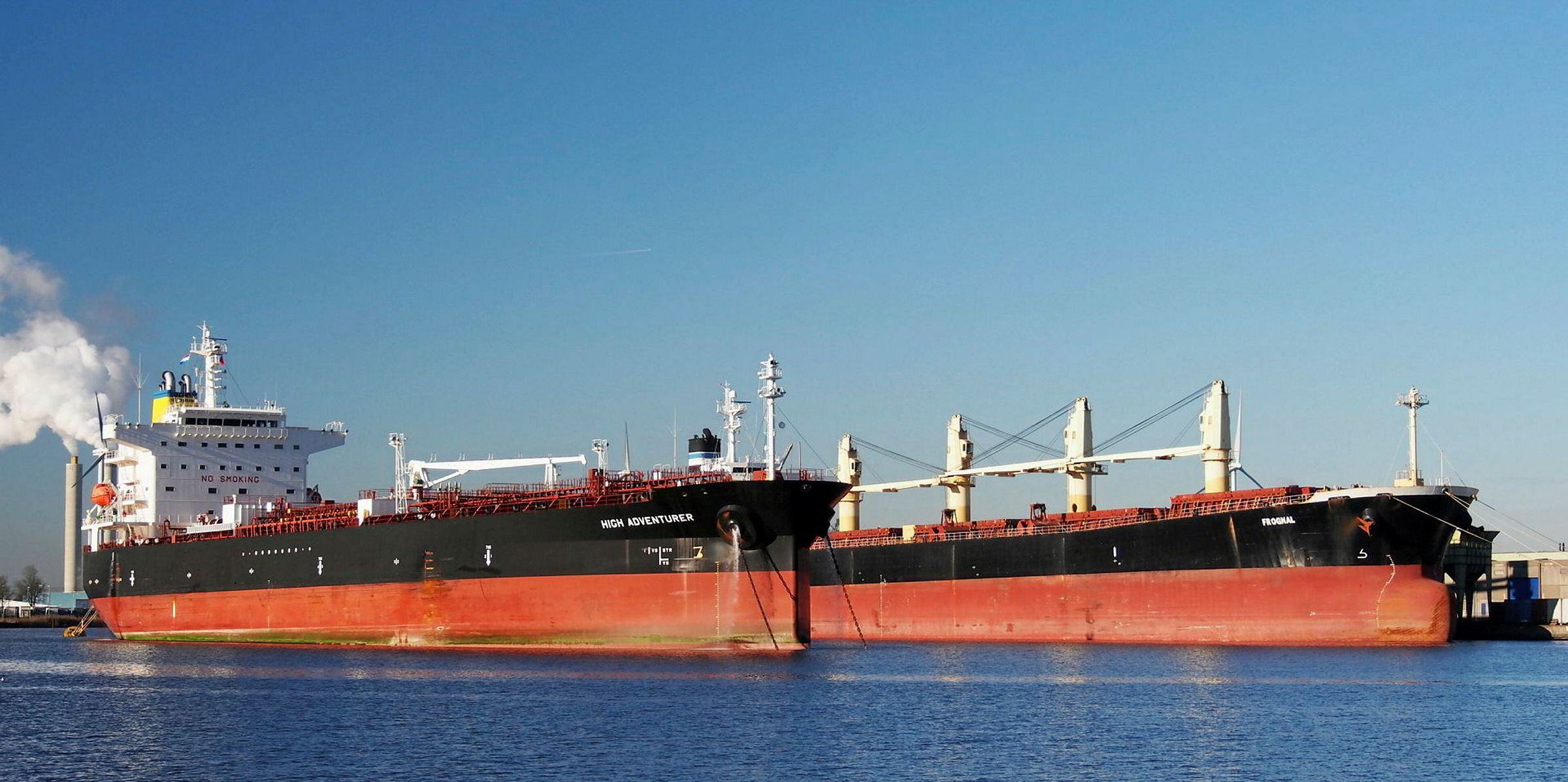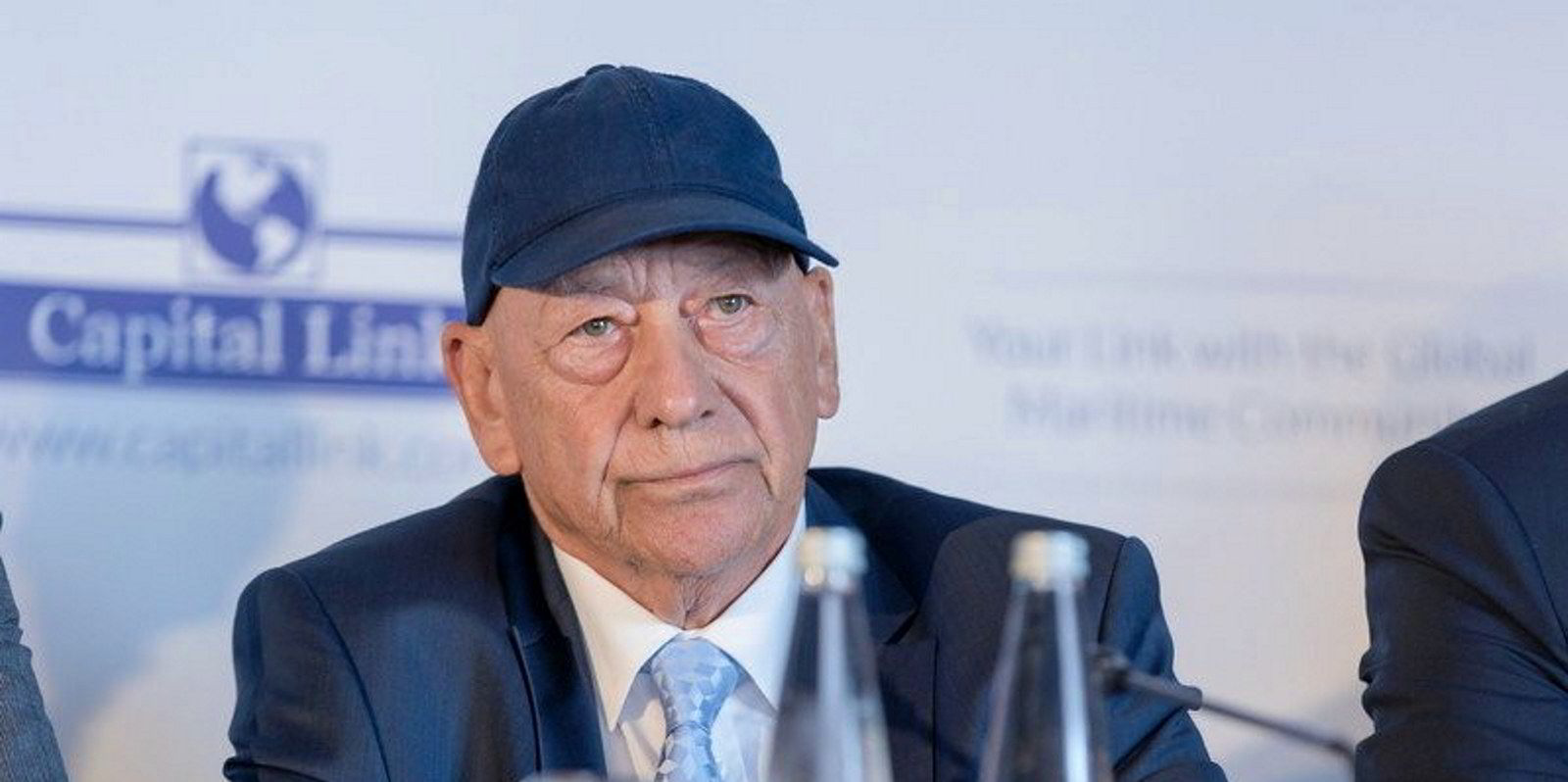The world fleet expanded in 2023 as demolition remained low and shipyard output increased.
Clarksons Research said there were 108,383 ships of 1.6bn gt operational at the start of 2024, up 3.7% year on year.
Last year saw a “steady flow” of newbuilding contracts, with 1,979 vessels ordered, adding 77.3m gt to the fleet.
This was up 6% on the 10-year trend in gross tonnage terms, but 9% lower than in 2022.
But shipyard output in 2023 picked up 14% from 2022 in gt terms to 2,420 units of 63.8m gt.
Meanwhile, just 408 ships of 7.3m gt were sold for demolition, the lowest volume in 16 years apart from 2022.
The energy transition continued to gain momentum, the UK company said.
About 45% of new tonnage — 552 ships of 34.1m gt — was capable of using alternative fuels.
Methanol-capable ordering soared in 2023, Clarksons Research said, accounting for 31% of the green vessels contracts, although LNG remained the most popular choice at 56%.
The overall orderbook grew 5% to 5,556 vessels of 216.8m gt.
The research division of broker Clarksons also said that the new European Union emissions trading scheme (ETS) is set to focus minds on decarbonisation.
EU emission allowances (EUAs) will need to be purchased to cover emissions on EU-related routes.
“While shipowners are responsible for surrendering EUAs annually, the EU has stated that charterers should reimburse costs under the ‘polluter pays’ principle,” Clarksons Research said.
The sum of EUAs required for shipping could total $3.3bn in 2024 and $8.2bn in 2026, based on current CO2 prices and trading patterns, Clarksons Research believes.






